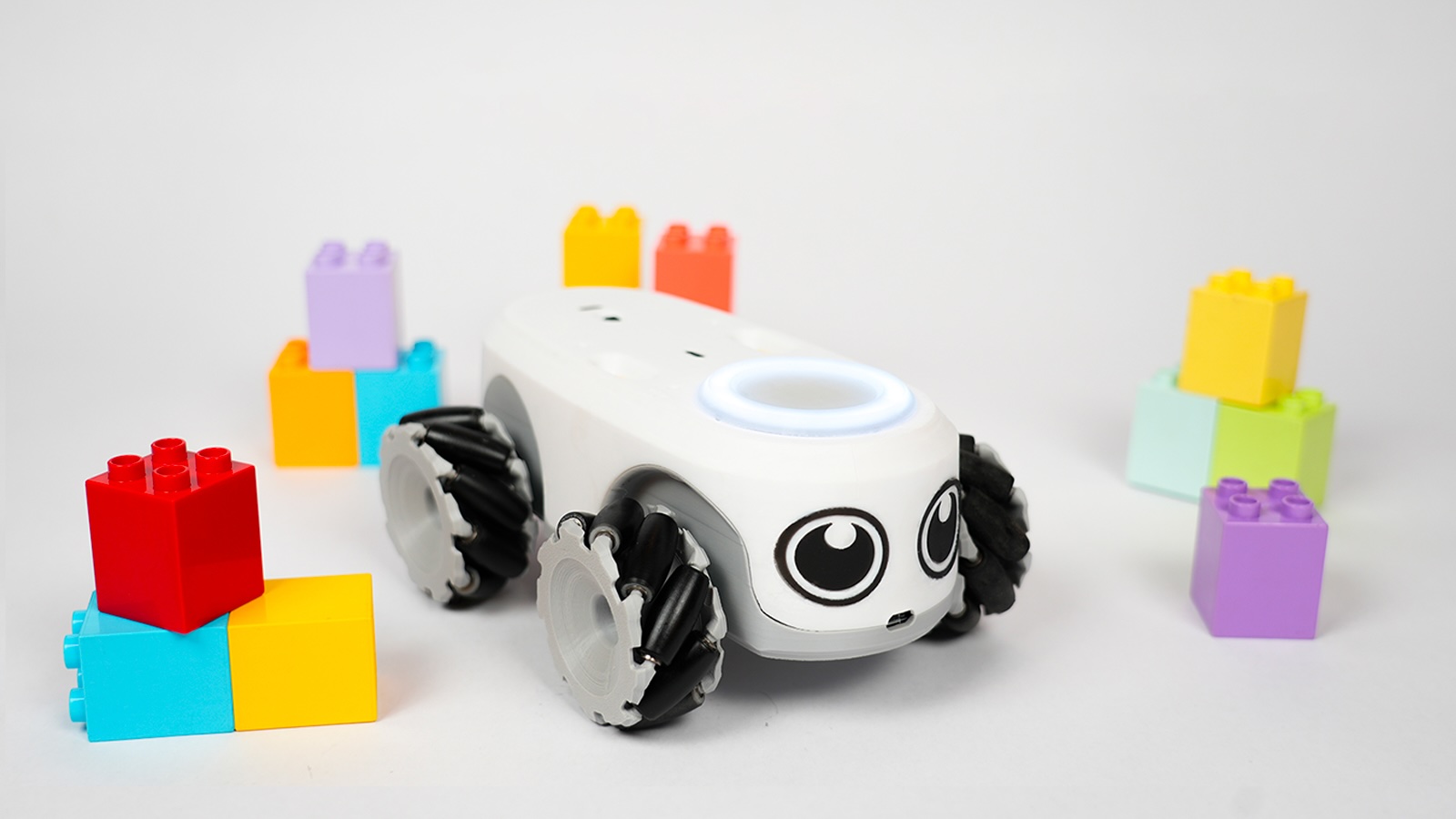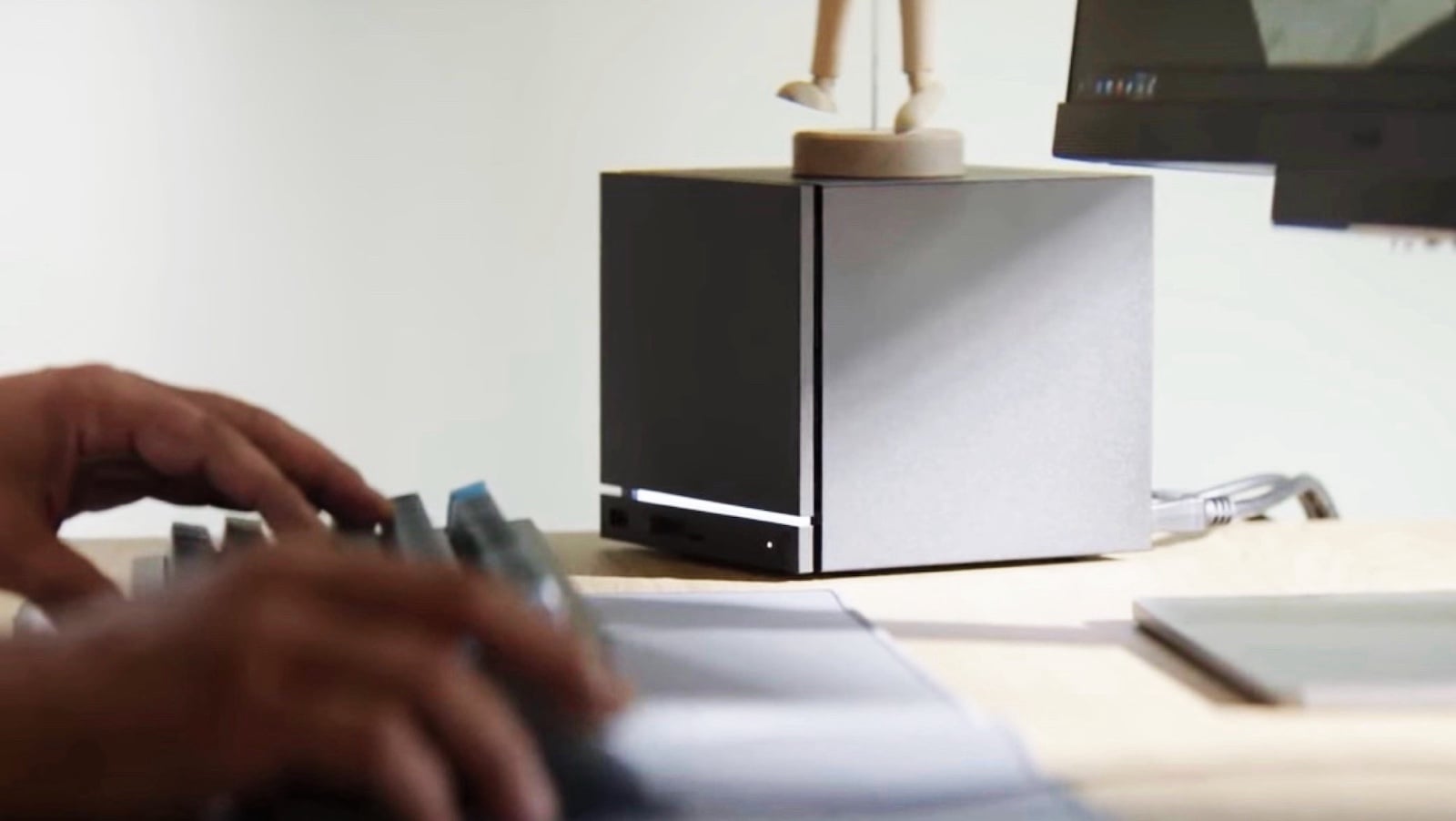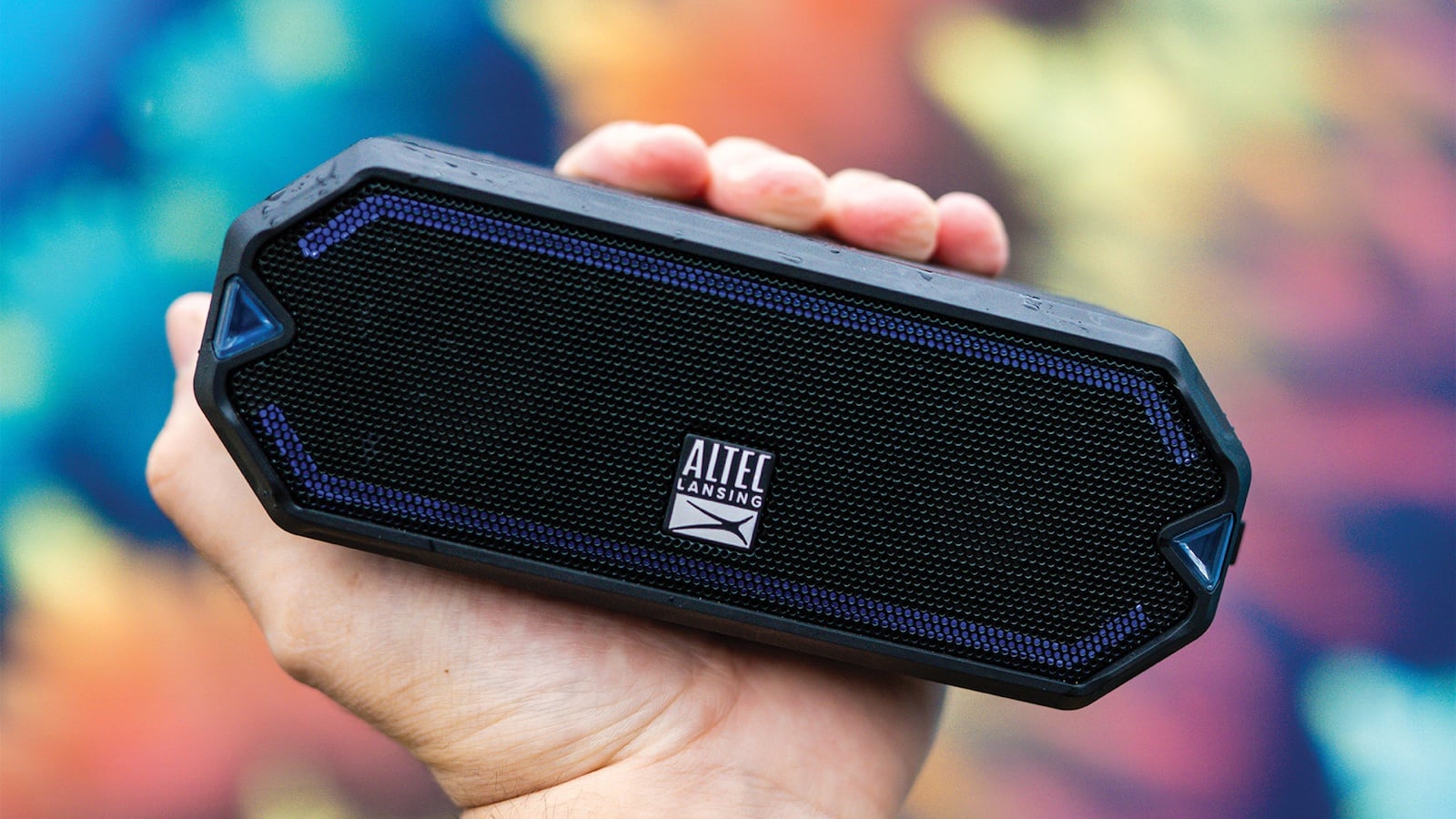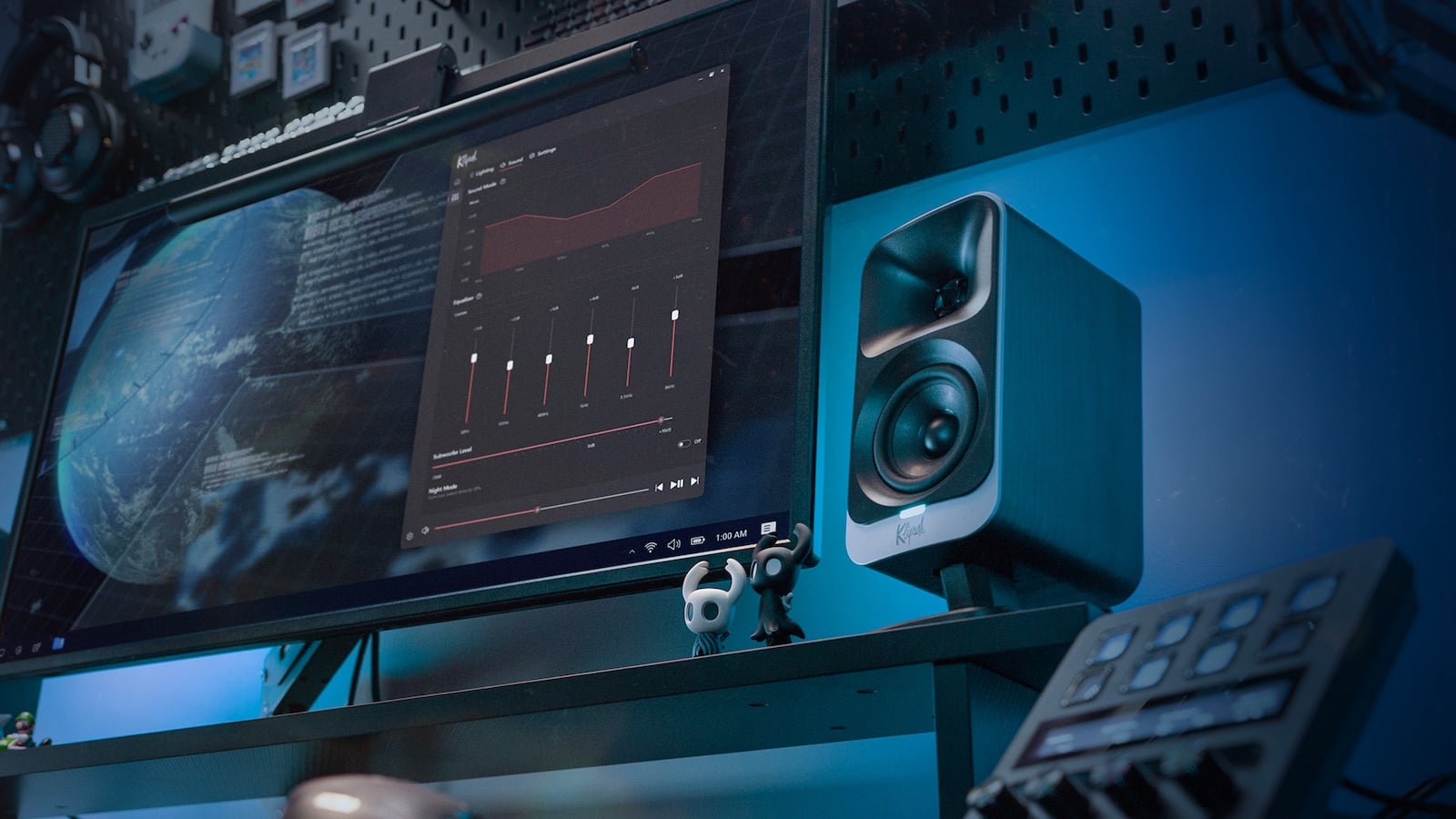Overview
ilo is an educational robot kit designed to introduce learners to robotics, programming, and hands-on engineering through a modular, buildable platform.
The kit targets progressive learning, letting beginners start with visual block programming and advance to text-based languages as skills develop.
ilo emphasizes accessibility and scalability so instructors can adapt challenges for different ages and skill levels.
Hardware Design
The robot uses mecanum-style wheels for omnidirectional movement, enabling smooth demonstrations of kinematics and precise navigation tasks.
Its chassis and modular mounting system allow quick attachment of accessories such as robotic arms, pen holders, and sensor packs.
A top-facing PCB port and magnetic connectors make adding or swapping sensors straightforward, reducing assembly friction during lessons.
Sensors and Expandability
ilo supports a range of sensors including distance, sound, and temperature modules for diverse experiments.
3D-printable accessories and open-ended assembly options encourage students to design and incorporate custom physical add-ons.
The modular approach promotes iterative engineering: students test, troubleshoot, and improve both hardware and mounting solutions.
Software and Connectivity
The platform supports both block-based visual programming and Python to accommodate beginners and more advanced learners.
Multiple connectivity options such as WiFi, Bluetooth, and USB enable flexible classroom setups and remote code deployment.
Teachers can demonstrate code live, then let students wirelessly test variations on their own robots for hands-on exploration.
Curriculum and Resources
Educational bundles typically include guided projects, lesson plans, and sample code that align with common STEM objectives.
Exercises often focus on algorithmic thinking, basic electronics, and mathematics through navigation and sensor-based activities.
Resources are structured so learners move from highly guided tasks to independent projects, reinforcing cumulative skill growth.
Classroom Integration
ilo supports classroom management by enabling teachers to deploy and collect student code and telemetry for assessment.
Group activities and collaborative challenges facilitate peer learning and build teamwork skills through shared design goals.
The platform is suitable for makerspaces, after-school programs, and formal classroom environments.
Learning Outcomes
Building the kit reinforces mechanical reasoning, troubleshooting, and iterative design thinking as students assemble and debug modules.
Programming exercises cultivate algorithmic thought, problem decomposition, and logical testing strategies.
Sensor integration activities teach data interpretation and feedback control, linking software to physical behavior.
Assessment and Differentiation
Teachers can scale difficulty by changing code complexity, adding sensor constraints, or introducing timed challenges.
Telemetry and logs help instructors evaluate understanding objectively and identify students who need targeted support.
Differentiated pathways enable mixed-ability groups to work meaningfully on the same project with distinct roles.
Creative and Cross-Disciplinary Projects
ilo supports creative projects like drawing bots with pen holders and simple vision experiments using camera modules.
Cross-disciplinary activities connect robotics with art, math, and science through design-driven challenges.
Open-ended project prompts encourage original solutions and personal expression using technology.
Maker Culture and Community
The kit encourages maker values by providing templates and encouragement for custom builds and 3D-printed parts.
Community sharing of designs and lesson ideas amplifies classroom resources and accelerates instructor onboarding.
Students gain experience in collaborative creation, documentation, and iterative improvement.
Technical Skills Progression
Learners progress from drag-and-drop blocks to text-based programming, gaining fluency in syntax, functions, and control flow.
Hardware labs teach basic electronics, connector logic, and power management in safe, structured exercises.
Projects that combine sensors, movement, and logic develop integrated system thinking.
Safety and Classroom Practicalities
Physical components are designed for classroom durability with safe connectors and robust mounting points.
Teachers should plan for storage, charging, and regular maintenance as part of classroom routines.
Clear protocols for shared equipment and incremental testing reduce downtime and protect components.
Teacher Support and Adoption
Sample lesson plans and in-class activities shorten preparation time and provide clear learning objectives.
Professional development or starter guides help teachers unfamiliar with robotics gain confidence quickly.
A well-documented kit reduces barriers to adoption and encourages iterative improvement of local curricula.
Assessment of Value
ilo positions itself as a versatile educational tool that bridges tangible hardware and progressive software learning.
Its modularity, curriculum resources, and maker-friendly design make it suitable for a wide range of educational settings.
Educators benefit from a platform that supports measurable learning outcomes while offering room for creativity and extension.
ilo fosters hands-on STEM learning by combining flexible hardware, dual-mode programming, and structured educational content.
The kit builds technical skills, creativity, and collaborative problem solving through incremental challenges and open-ended projects.
As a classroom and makerspace tool, ilo supports scalable instruction and meaningful student engagement in robotics.




